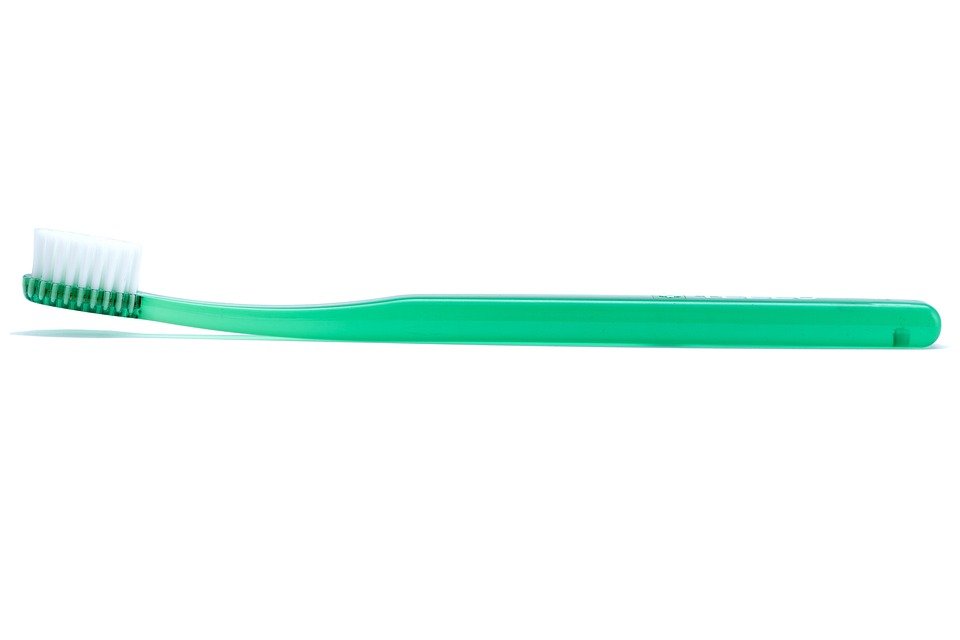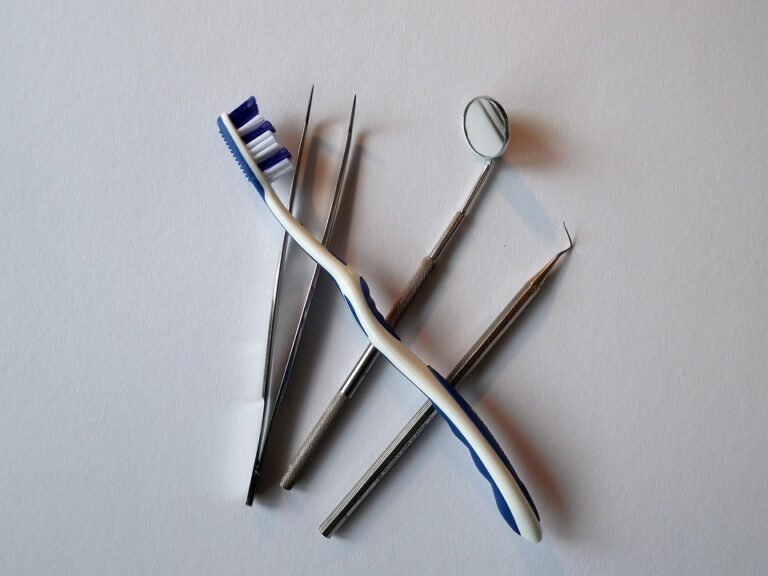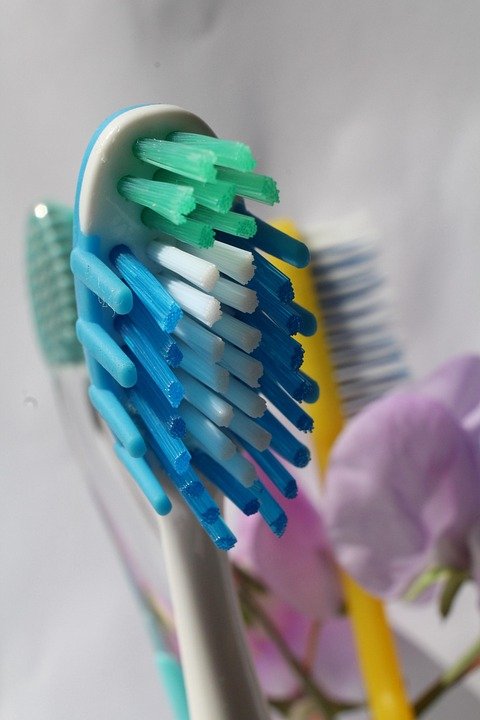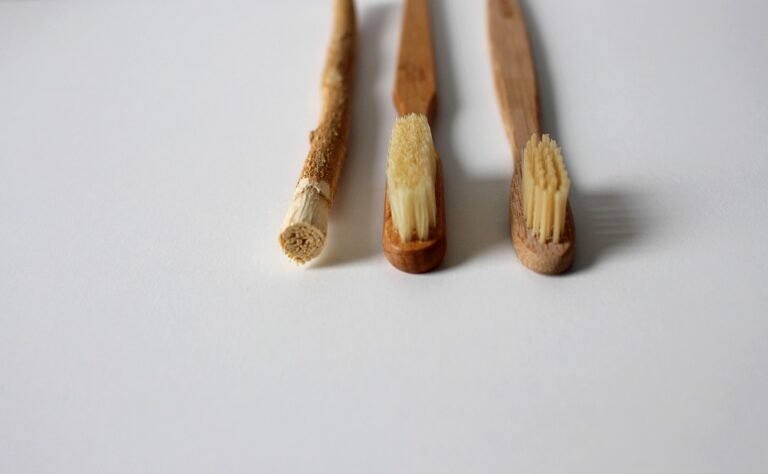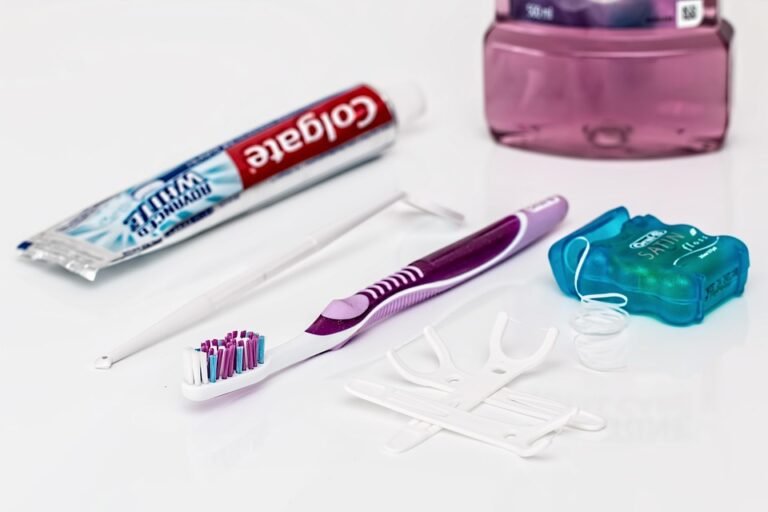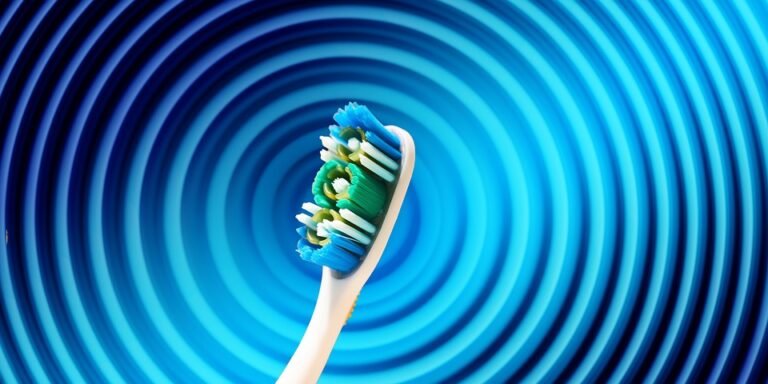What are the benefits of digital smile design
Okay, so I’m thinking about getting some cosmetic dental work done, maybe veneers or something. I’ve been seeing ads for "digital smile design" everywhere and my dentist mentioned it too. Honestly, it sounds kind of fancy and expensive, and I’m not sure if it’s just a gimmick. I’m really interested in improving my smile; it makes me self-conscious in photos and just generally. I’m wondering if the digital aspect is actually worth it, or if it’s just adding unnecessary cost.
Specifically, I’m curious about:
-
Will I actually see what my smile will look like before I commit to any procedures? Like, is it just a simulation, or can I see it on me somehow? My biggest fear is spending a lot of money and not liking the final result.
-
Does it help the dentist be more precise? I want my veneers (or whatever I end up getting) to look natural and fit perfectly.
-
Is it faster than traditional methods? I don’t want to spend months going back and forth for adjustments.
- Is it really worth the extra cost? I’m on a budget, so if the benefits are minimal, I’d rather just stick with a more traditional approach.
I’m really hoping someone who has experience with digital smile design can share their thoughts and experiences. Thanks!
Answer
Digital Smile Design (DSD) offers numerous benefits for both dentists and patients seeking smile enhancements. Here’s a detailed breakdown:
For Patients:
-
Enhanced Visualization and Communication: DSD allows patients to see a realistic preview of their potential new smile before any irreversible treatment begins. This significantly improves communication between the patient and the dentist. Patients can clearly express their desires and concerns, leading to a more personalized and satisfying outcome. This visual representation reduces anxiety and builds confidence in the treatment plan.
-
Increased Patient Involvement and Ownership: By actively participating in the design process, patients gain a sense of ownership over their new smile. They are not simply passive recipients of treatment but active collaborators in shaping their own aesthetic outcome. This involvement fosters a stronger commitment to the treatment plan and post-operative care.
-
Improved Predictability of Results: DSD utilizes precise measurements and computer-aided design to create a highly predictable outcome. The dentist can accurately assess the relationship between teeth, gums, lips, and facial features to create a harmonious and balanced smile. This reduces the risk of unexpected or undesirable results.
-
Reduced Treatment Time: While the initial design phase might take slightly longer, the overall treatment time can often be reduced due to the increased precision and predictability of the plan. Minimizing the need for adjustments or revisions saves both time and cost.
-
Enhanced Emotional Connection: Seeing a potential new smile beforehand can have a powerful emotional impact. It allows patients to envision a more confident and attractive version of themselves, further motivating them to proceed with treatment and adopt better oral hygiene habits.
-
Improved Aesthetics and Function: DSD considers not only aesthetics but also functional aspects of the smile. The design process ensures that the new smile is not only beautiful but also comfortable and functional, promoting proper bite alignment and jaw health.
- Cost-Effective Treatment: While the initial investment in DSD might be slightly higher, the long-term cost can be lower due to the reduced need for revisions and adjustments. A well-planned and executed DSD treatment can provide lasting results, minimizing the need for future interventions.
For Dentists:
-
Improved Diagnostic Accuracy: DSD provides a comprehensive diagnostic tool that allows dentists to assess the patient’s smile from multiple perspectives. The digital analysis reveals subtle imperfections and asymmetries that might be missed during a traditional examination.
-
Enhanced Treatment Planning: DSD enables dentists to create a highly detailed and personalized treatment plan based on the patient’s individual needs and desires. The digital design serves as a roadmap for the entire treatment process, ensuring that each step is carefully planned and executed.
-
More Efficient Communication with the Dental Lab: The digital design can be easily shared with the dental lab, providing clear instructions and specifications for the fabrication of restorations. This reduces the risk of miscommunication and ensures that the final restorations meet the dentist’s and patient’s expectations.
-
Improved Interdisciplinary Collaboration: DSD facilitates collaboration between different specialists, such as orthodontists, periodontists, and oral surgeons. The digital design can be used as a common platform for discussing and coordinating treatment, leading to a more integrated and comprehensive approach.
-
Enhanced Marketing and Patient Education: DSD can be used as a powerful marketing tool to attract new patients and educate them about the possibilities of cosmetic dentistry. The digital design allows dentists to showcase their skills and expertise, building trust and confidence among potential patients.
-
Increased Predictability and Reduced Errors: The use of digital technology minimizes the risk of human error and ensures that the treatment is executed with precision and accuracy. This reduces the need for adjustments and revisions, saving time and resources.
-
Facilitates Guided Surgery and Prosthetic Procedures: The DSD output may be used to generate surgical guides for implant placement, veneers preparation guides or provisionals fabrication which increases predictability and optimizes the final outcome.
-
Improved Documentation and Legal Protection: DSD provides a comprehensive record of the patient’s initial condition, the treatment plan, and the final outcome. This documentation can be valuable for legal protection and for tracking the long-term success of the treatment.
- Enhanced Practice Efficiency: DSD streamlines the treatment process and reduces the need for chairside adjustments, freeing up the dentist’s time and allowing them to see more patients.
In summary, DSD offers a win-win solution for both patients and dentists. It enhances communication, improves predictability, reduces treatment time, and ultimately leads to more beautiful, functional, and satisfying smiles.
